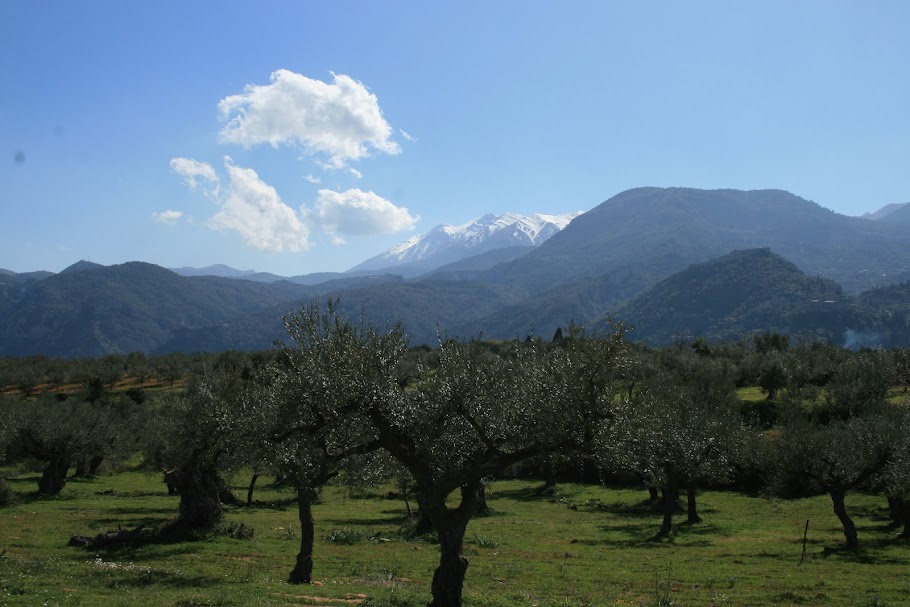A Victor of Salamis  by William Stearns Davis is an imaginative story designed to educate the reader about Greek society at the time of the second Persian invasion of Greece.
by William Stearns Davis is an imaginative story designed to educate the reader about Greek society at the time of the second Persian invasion of Greece.
Due to a case of mistaken identity, the hero, Glaucon, a young, aristocratic Athenian athlete is forced to flee Athens. By chance, he saves the life of the Persian general Mardonius, who has been spying on Athens in disguise. In gratitude, Mardonius takes the Athenian exile back to the Persian court where he learns Persian and is eventually granted titles, riches and other marks of favor from the Great King Xerxes. Glaucon, believing he has no future in his homeland, finds himself increasing seduced by Persian culture and Mardonius’ beautiful but virtuous sister. He accompanies the Persian army as it advances into Greece. The heroic defense of the Pass of Thermopylae by such a small number of Greeks, however, re-ignites Glaucon’s patriotism. He realizes he cannot fight against his fellow countrymen, no matter how much he has come to respect Mardonius and his fellows. He defects to the other side in time to fight with Leonidas at Thermopylae – and survive by chance. He is rescued from death by his friend Mardonius, who is sad to find he could betray Persia, but out of his debt of honor, nurses him back to health and helps him to escape from the Persian camp. Glaucon returns to Athens, but still unable to prove his innocence in the case which led to his disgrace, he takes a disguise and fights as a common sailor at Salamis. Only after this battle, is it possible to straighten out the confusion and return home a hero to his Penelope-like wife, Hermione, who has remained faithful through his disgrace and presumed death.
This plot, which strikes me as almost Victorian in its use of mistaken identity, disguises, coincidences and dramatic escapes from certain death, is nevertheless a device for showing events from both the Athenian and Persian perspective. The novel avoids turning the Persians into comic monsters ala “300,” and even the Spartans are not entirely caricatured. All in all, it kept my interest enough to read to the end.
Davis rejected the use of modern speech patterns and phrases in the manner of Stephen Pressfield in Gates of Fire, and opted instead for language that is more classical. While this has a number of advantages, Davis was not always successful in making dialogue sound natural. The result is that much of the dialogue sounds stiff and contrived, while descriptions occasionally bordered on trite.
Altogether, A Victor of Salamis, failed to strike a chord with me, but the research was good and overall the picture transmitted of the age and society was accurate. I would recommend this book over many other novels set in the same period that take far greater liberties with the facts or convey a picture of ancient Greece distorted almost beyond recognition.
